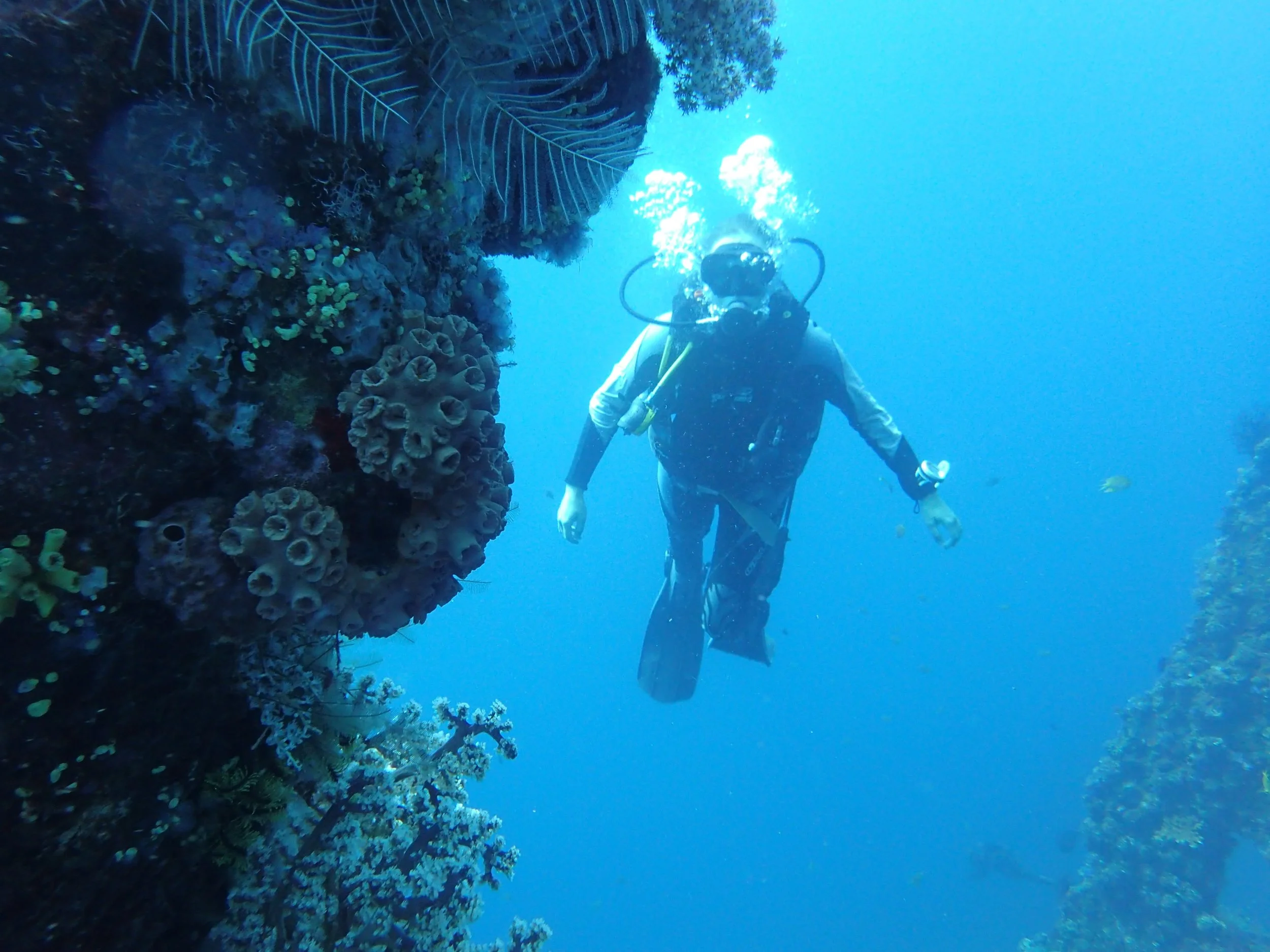Detour in Cambodia: Battambang
I hadn’t originally planned on going to Battambang, Cambodia, but a woman I’d met in Vietnam lived there and her descriptions of this charming little city convinced me that I should make the detour. I took a bus from Siem Reap and hired one of the tuk tuk drivers who greeted the bus at the station in Battambang to take me to my hostel. I hadn’t done my usual research as to how far apart the two places were (in preparation for a haggle), but it didn’t matter as the driver charged me a fair price ($2). This start augured well for my stay in Battambang—its citizens are relaxed, helpful, and fair, and the general atmosphere is comfortable.
A small city in the northwest of the country, Battambang seems to have a thriving expat community. It’s one of those places where western travelers end up stopping for longer than intended and soon simply decide to stay. I could see why. Walking along the river in the morning, one passes a group of elderly people doing Tai Chi and several small, religious temples and monuments. Many buildings are left over from the French colonial era, giving the look and feel of the French quarter of New Orleans, though their facades reflect the hardships of Cambodia’s more-recent history. Independent storefront cafes, geared towards expats and locals alike, serve up soup lunch or locally-roasted coffee drinks.
In the large, daily, indoor market, one can purchase any of the necessities of life—food, clothing, household appliances, toys, etc. But what I found particularly interesting were the artisans located in the narrow stalls tucked in one side of the market: male jewelry makers, heating and bending gold around forms and setting gems; and female dressmakers, laying out patterns on the floor and sewing on machines from the early 20th century, with examples of their bedazzled creations hanging up by their shop fronts.
Battambang, like much of Cambodia, unfortunately, also has a mass grave of victims of Pol Pot, located in the “killing caves” on the outskirts of town. In the three killing caves, one can see cages filled with bones and the steep, dark abyss into which babies were thrown. Large statues depicting the Khmer Rouge’s forms of torture ensure that visitors understand the gravity of what took place there. And yet, from the caves you can walk up the hillside to its peak, physically and emotionally transcending the previous baseness, to see the vast patchwork of countryside around you, begging you to think of something bigger.
But what makes this location particularly special is what happens at dusk. On the road below one of the cave openings, vendors set up folding chairs and tables and sell beers from coolers to locals and tourists alike, all waiting in anticipation of a daily exhibit of nature’s splendor—millions of bats pouring out of a cave to feed in the oncoming night, forming black swirls against the fading sunlight. It’s amazing, and at that moment it’s all that matters.












